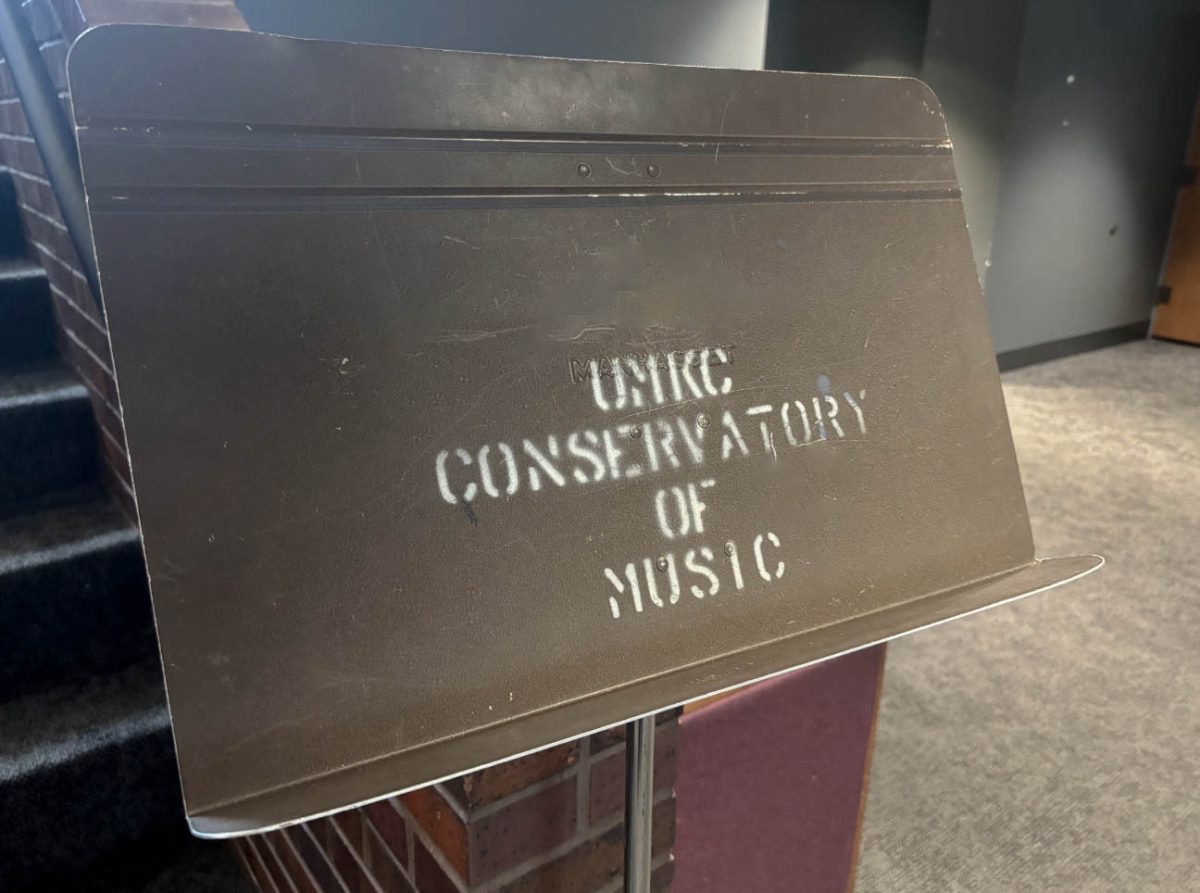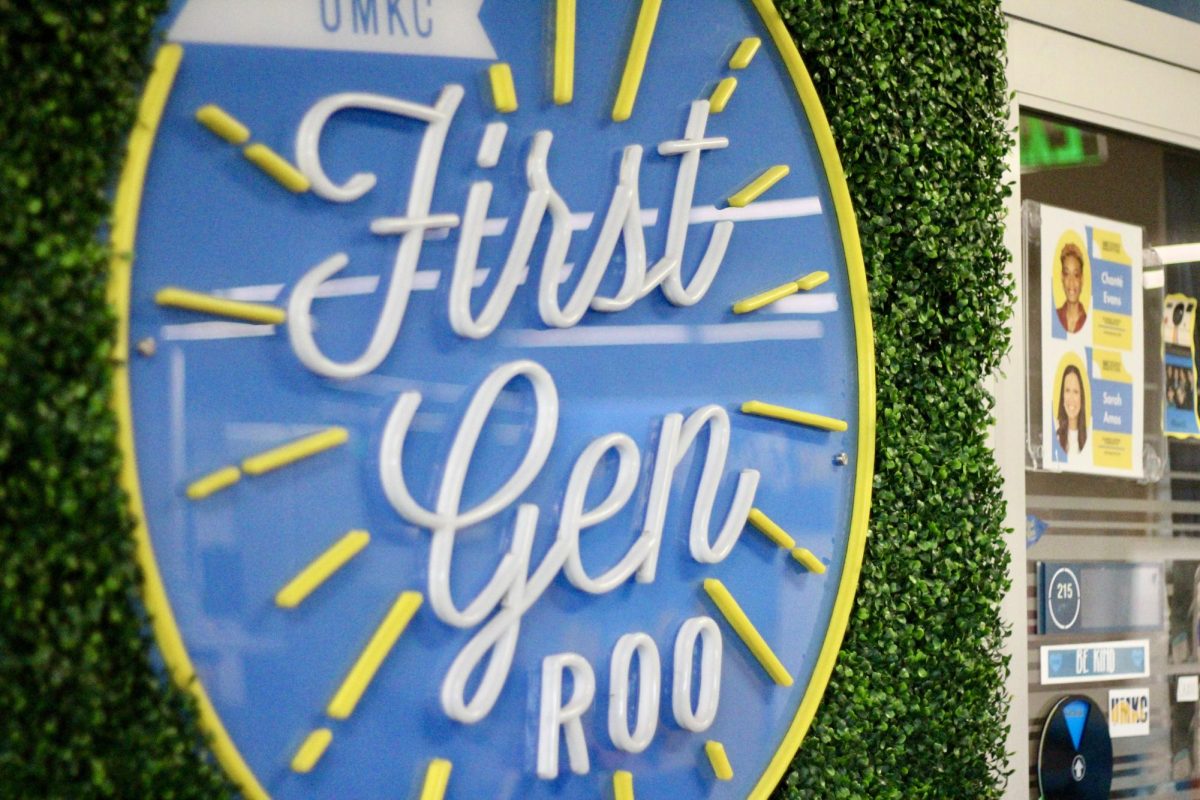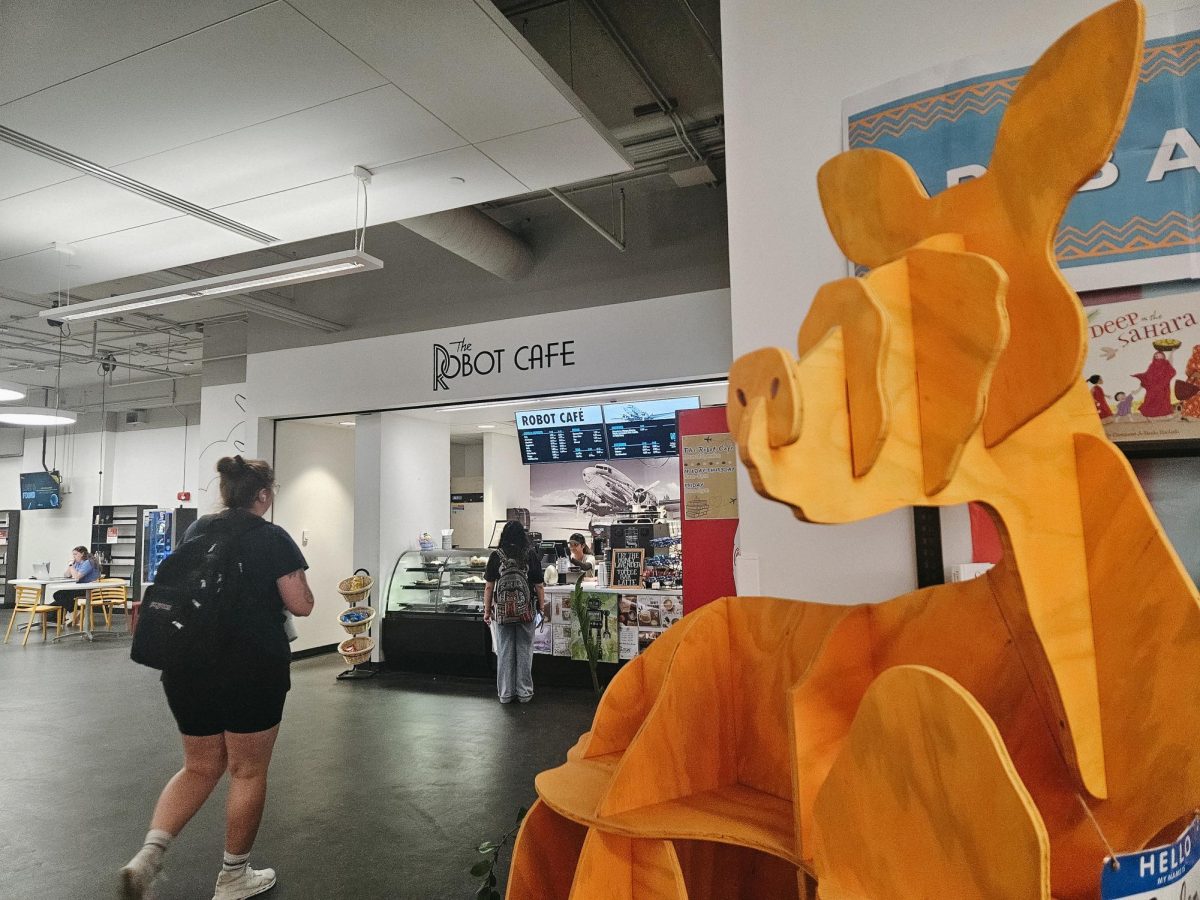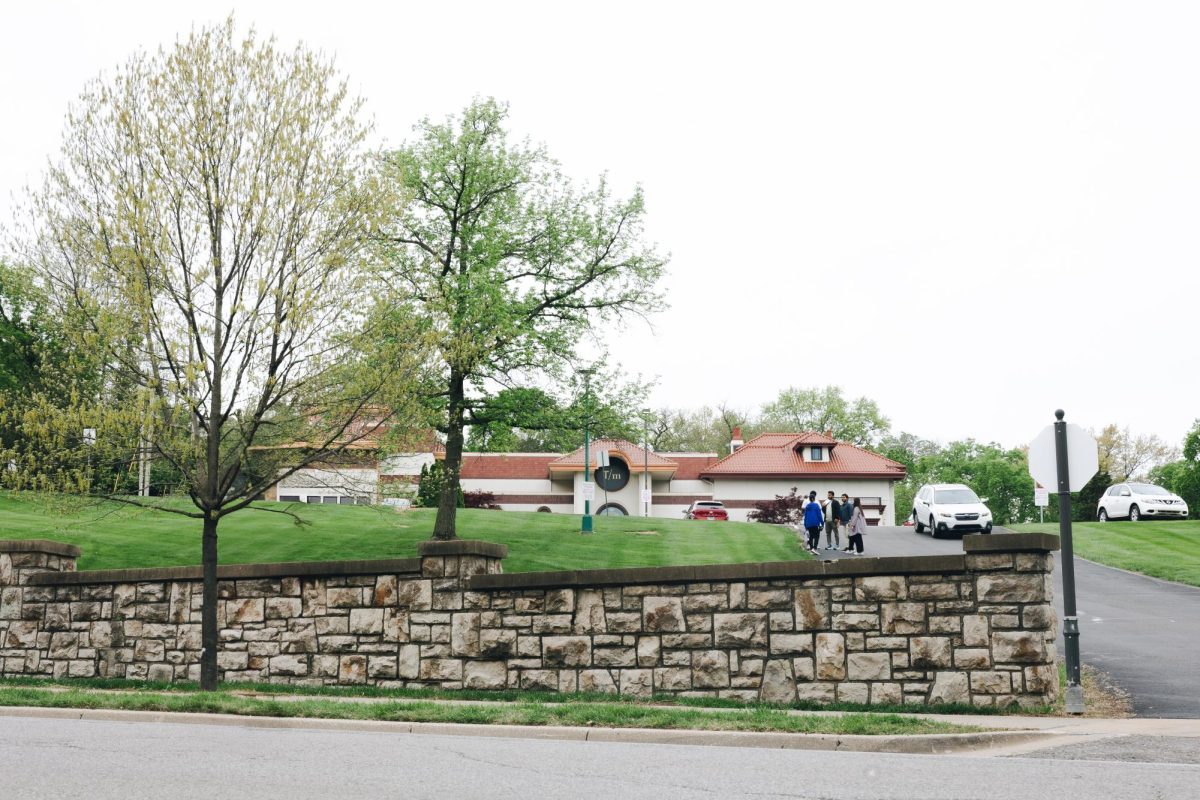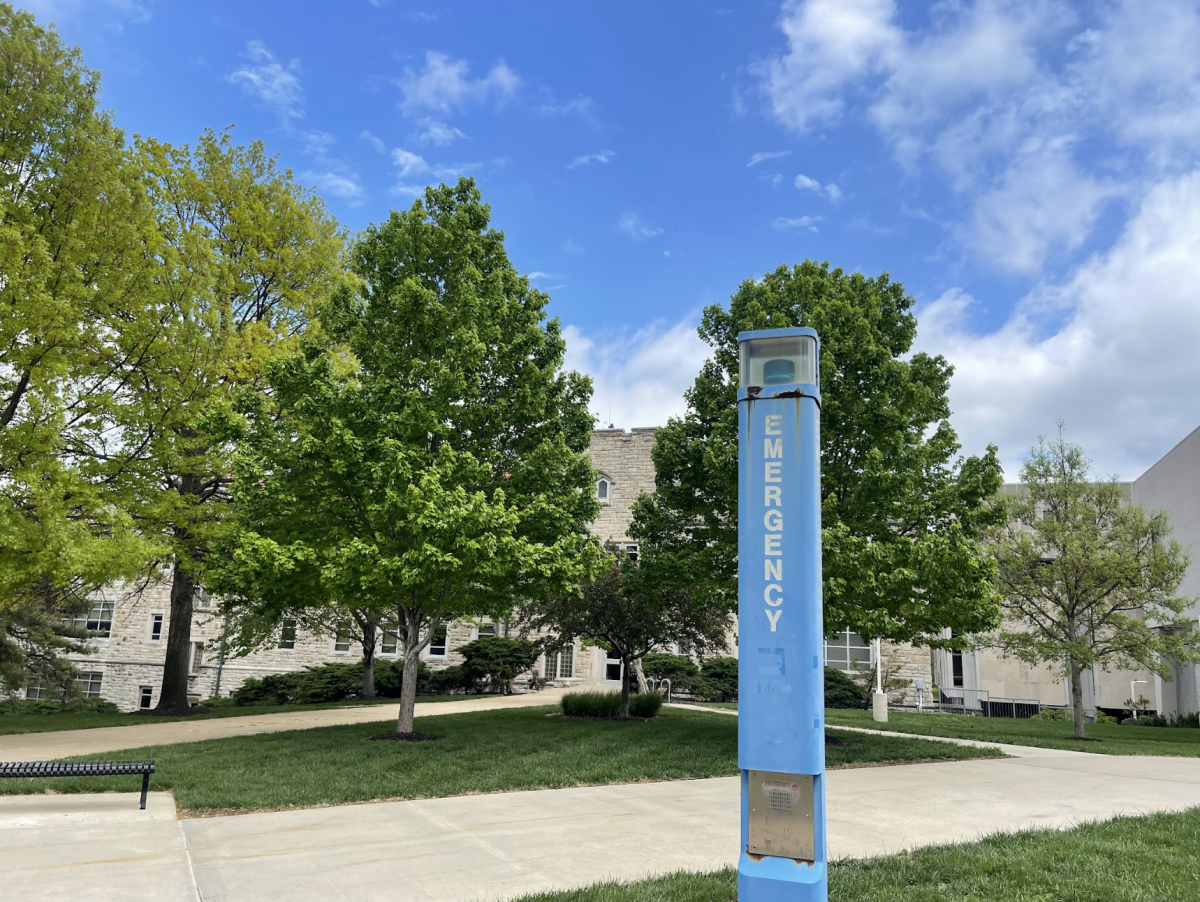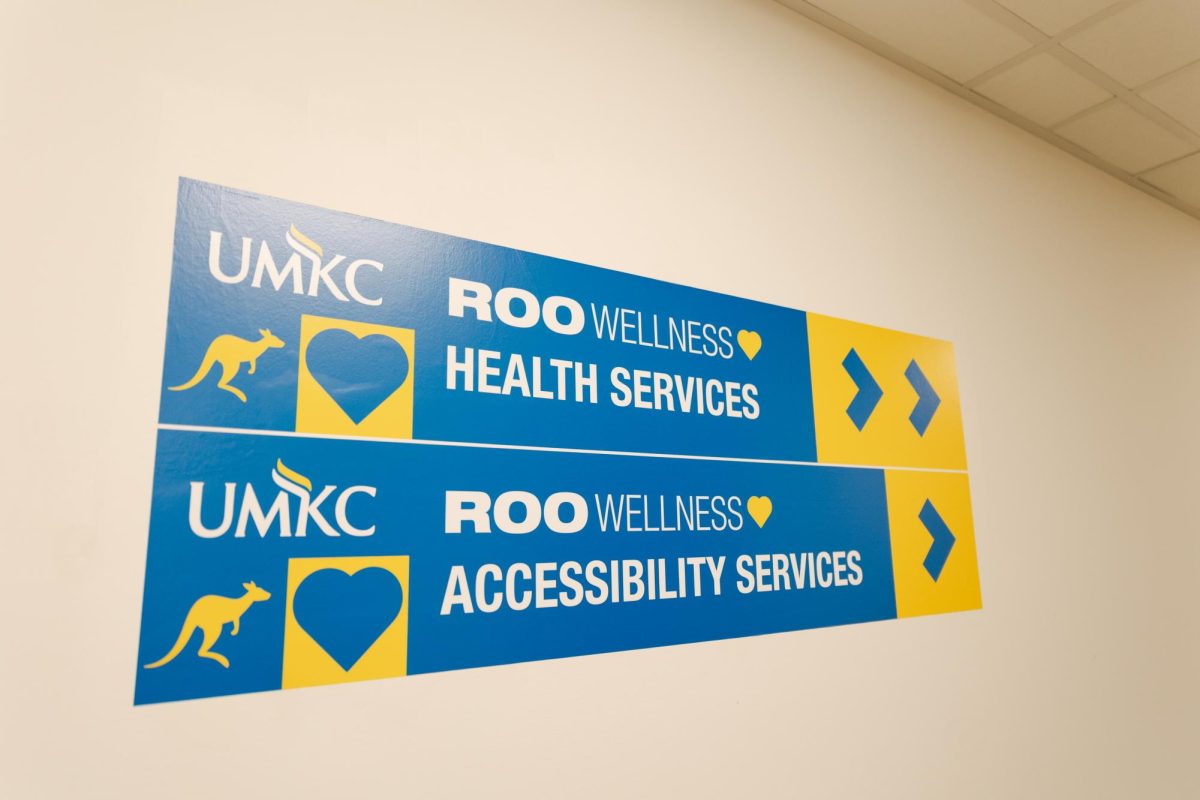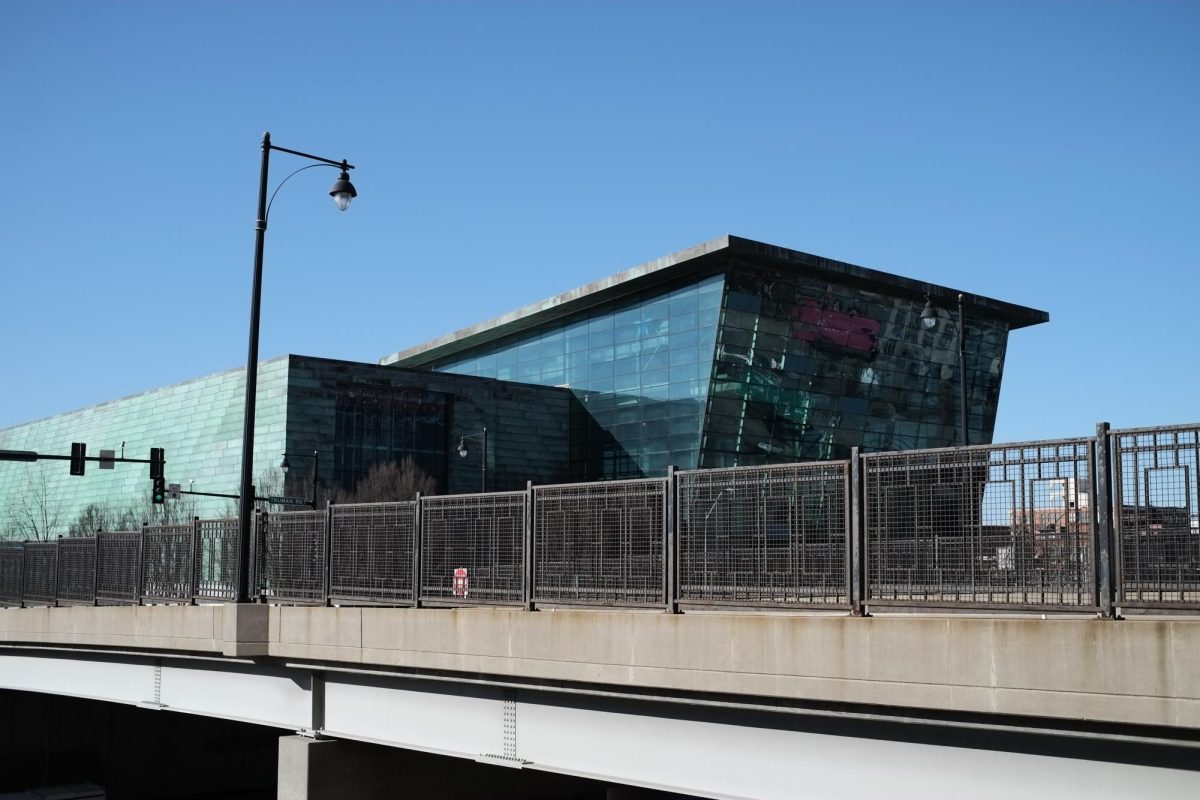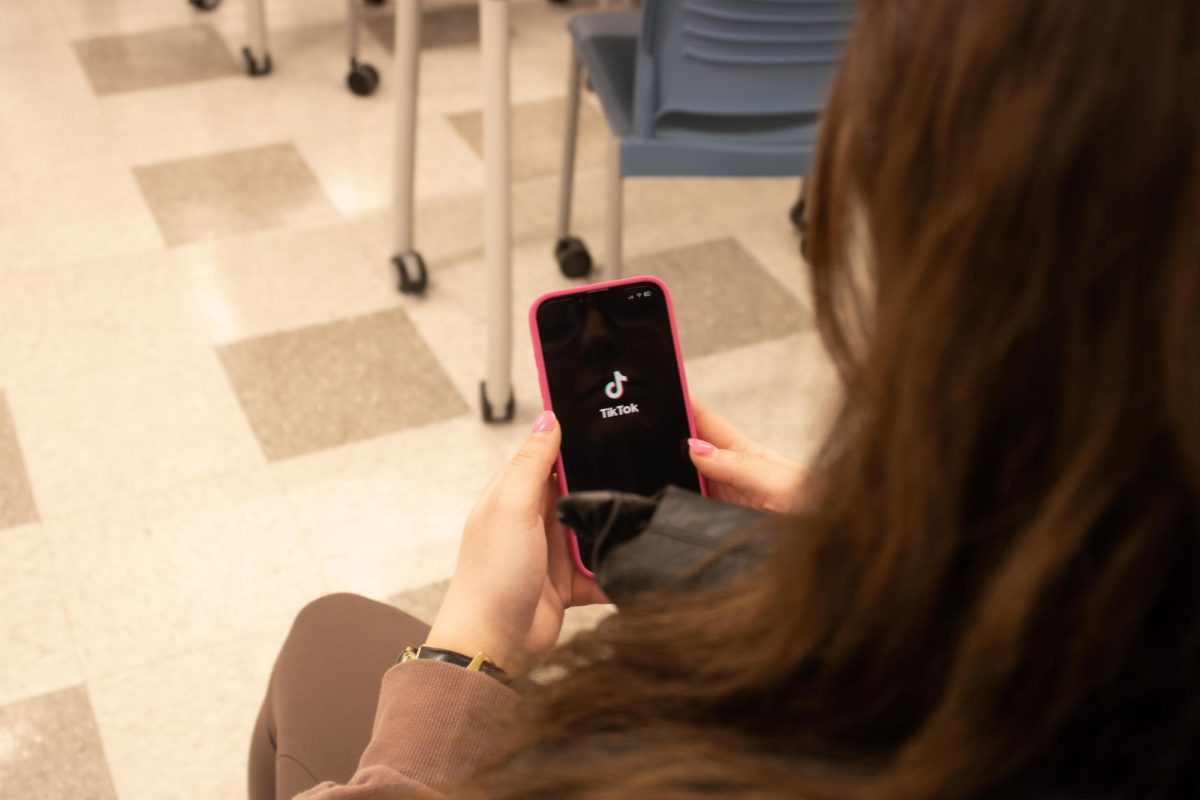Defining “middle class” has never been easy. In fact, it is an identity that is often disputed. For some, being middle class is about the money, for others it is about the material things, and for even more it’s about the mindset.
All of the pieces above need to be put together to see the bigger picture of what it means to be “middle class.”
A study done by GoBankingRates reveals that in Missouri a middle class income ranges from $45,000 to $138,000. For the average Missouri college student, their yearly income sits more than $10,000 below the lowest national middle-class threshold.
Based purely on income, college students have no chance at calling themselves middle class. It is not only unrealistic, but completely unattainable. For students, school is their full time job.
Universities typically tell students to spend 3 hours of work per credit hour outside of class. With most college students taking a 12- to 15-credit-hour schedule, that equals out to 36 to 45 hours a week working on school.
Trying to balance work outside of education is difficult and leaves little free time. There are not enough hours in the day to do both to the full capacity needed for a middle-class income.
If the only way to measure socioeconomic class was with salary benchmarks, college students would not even be players in this broader social conversation, but as the Brookings Institution notes, defining middle class is much more complex.
The definition of the middle class is actually based at an intersection between cash, credentials and culture.
With the notion of cash, credential and culture defining “middle class” this puts a heavy emphasis on outward appearance and materialistic assets.
While college students in Missouri don’t make enough money to be considered “middle class,” many still sport higher-end brands, drive new cars, and only use Apple products. For all the students flashing Lululemon, Coach, or Ray-Ban symbols, their outfits are worth more than what the average student should spend.
College is a pivotal period of change for young adults and because of that, wanting to appear trendy is a common theme. Social media has created a global platform designed to create a materialistic norm and college students are easily influenced in their “reinvention-era.”
This is a big reason why platforms like TikTok, TikTok Shop and Shein are so popular. Consumerism creates the need for material items and having those creates both an individual and community middle-class identity. Having access to lots of materialistic assets is only one piece of the puzzle—the cash.
Being middle class isn’t just about the cash. It’s also about who and what you know—the credentials. The credentials relate primarily to titles, educational achievements and occupational status. For any college student who has a job, they already check one box. Simply because they are in college, they check off another box. Again, putting another piece of the puzzle together.
The final piece rests within culture, or the “attitudes, mindset, behavior and self-definition,” as Brookings puts it.
Aside from learning to work with a tight budget, students also place finding self-identity and accepting change as an important part of their college experience. The networking environment places a social pressure to conform to the latest trendy styles.
This emphasis on cultural pressure during this impressionable adolescent phase leads to the yearning for a middle-class lifestyle.
Once all of the pieces of the puzzle are accounted for, the definition of “middle class” is about more than just income. The flexibility allows college students to consider themselves middle class if they have the cash, credentials and culture.





